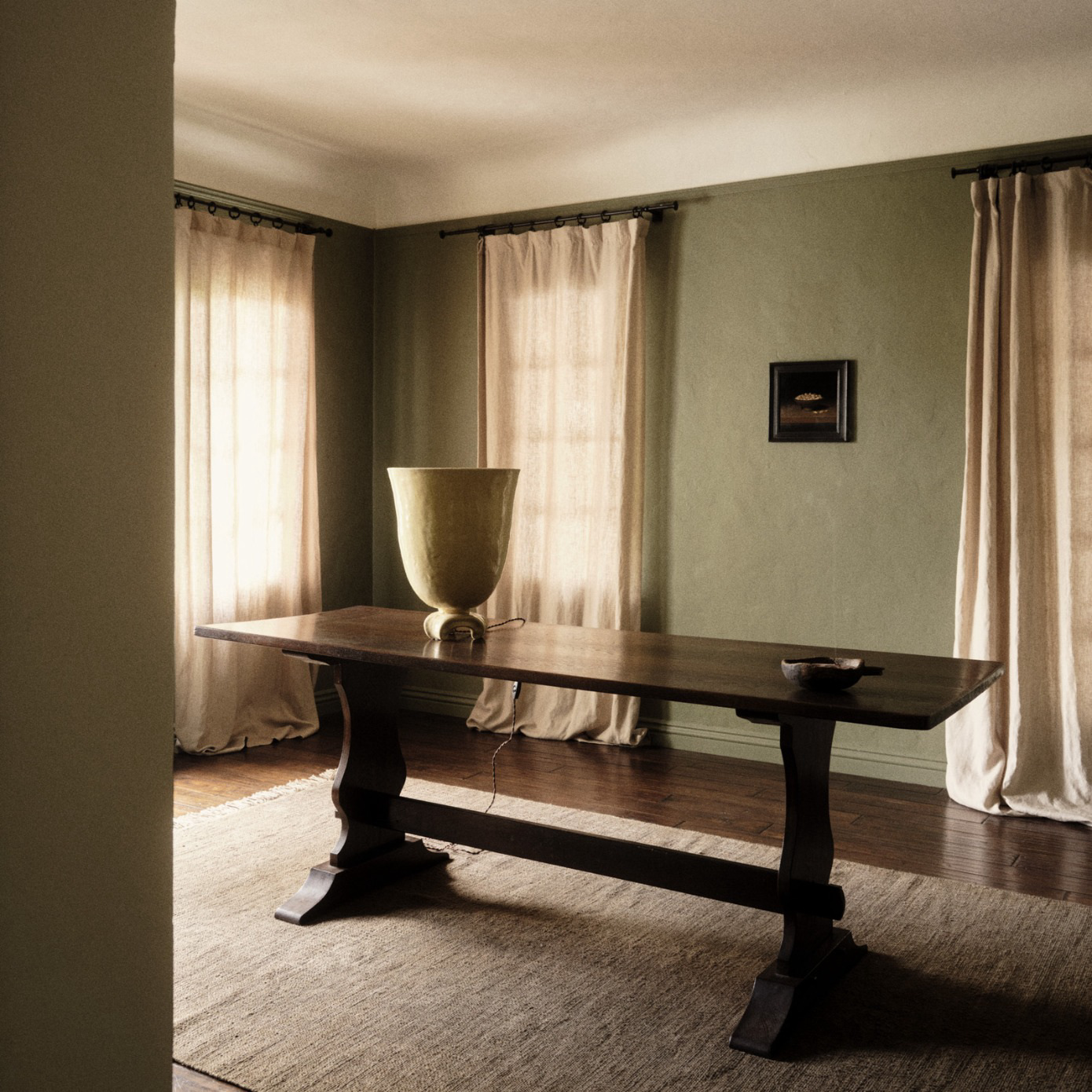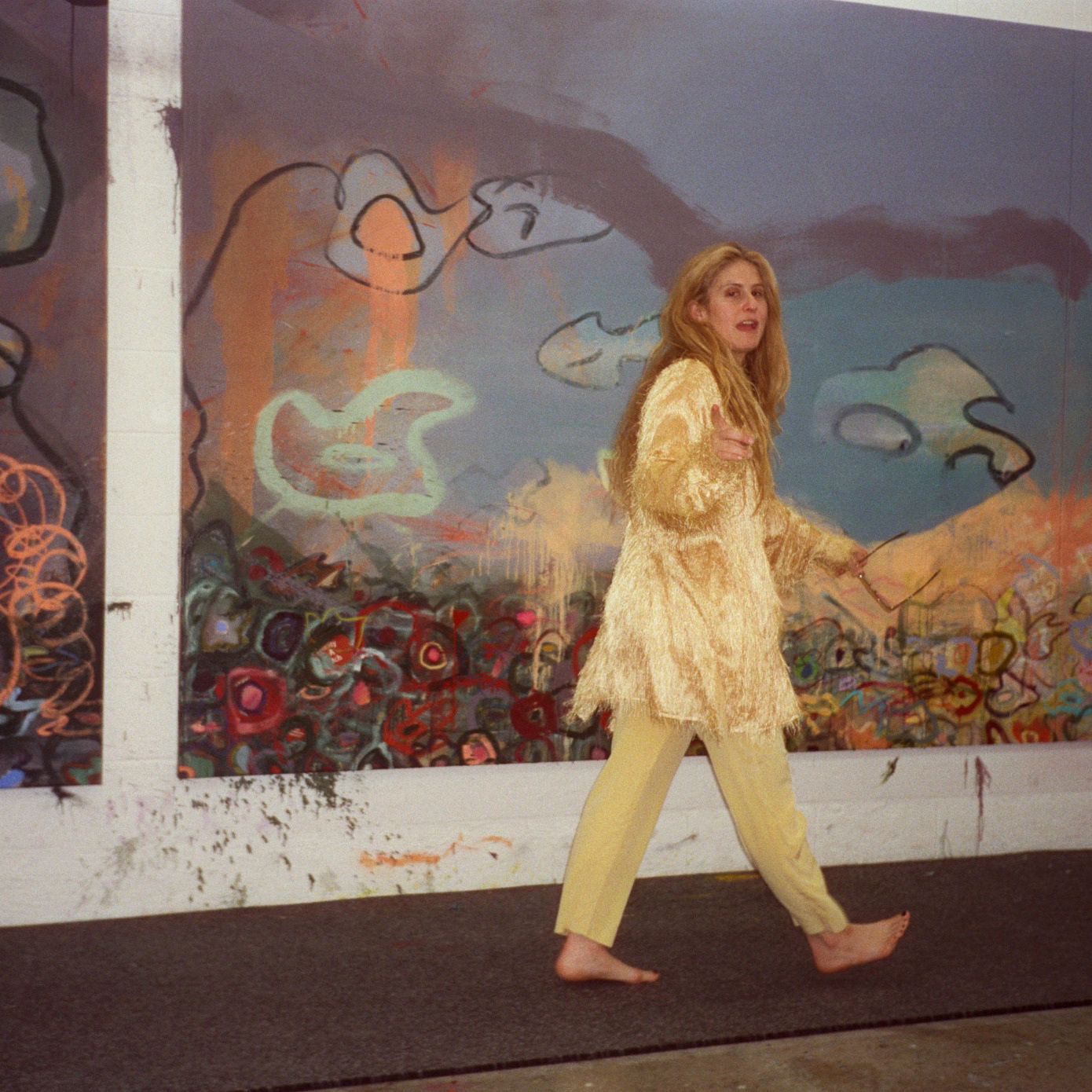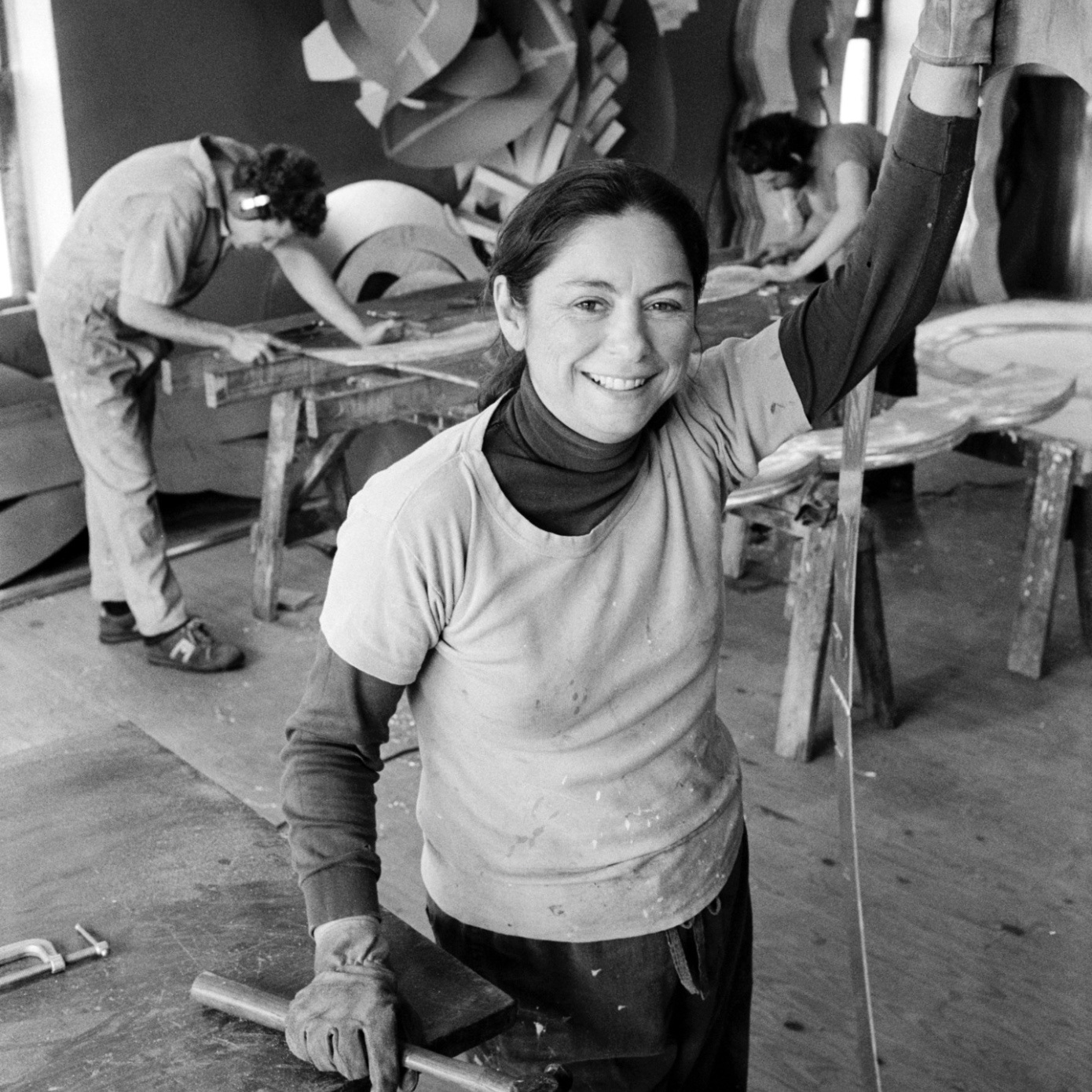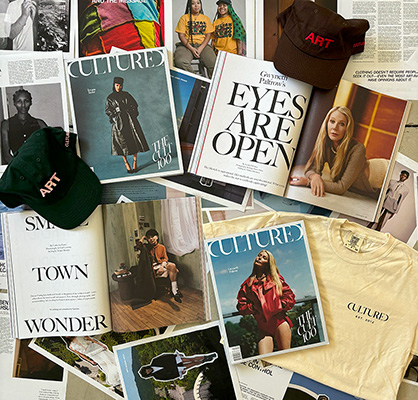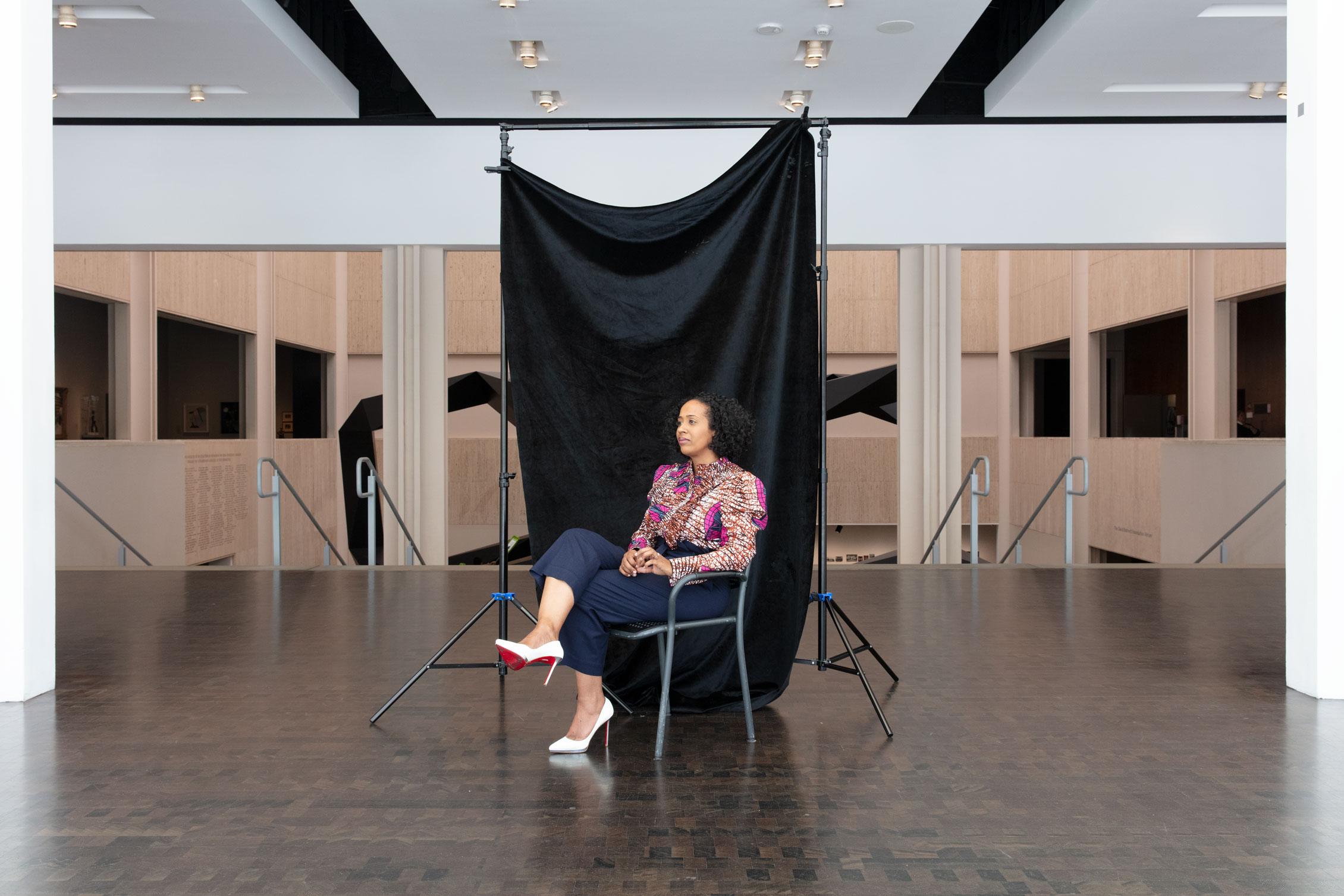
“There are individuals who have devoted their entire careers to writing about one single piece of art,” says Naima J. Keith, the new Vice President of Education and Public Programs at the Los Angeles County Museum of Art. “It’s the idea that there are infinite possibilities for something,” she adds, explaining what ignites her passion for art.
With two art collector parents, the Ladera Heights native was exposed to art and museums early on. However, as a child, it was not her thing. “My mom was just dragging me and my sister along,” she admits unapologetically. Instead, Keith was more focused on getting a business degree and flourished in accounting; she found the reliable exactness of math comforting.
It wasn’t until her first Spelman College art history class that Keith was intrigued by art’s inherent ambiguity. “I loved that there was no right answer. We could discuss an artist, a work or a body of work and all see the same thing in many different ways,” she says. “Of course, there is always the artist’s intention, but the idea that we could all make a meaningful contribution to a conversation about something that didn’t necessarily lead to a particular answer excited me.”
While co-directing the 2020 New Orleans Prospect.5 triennial and raising two young children, in her new role at LACMA, Keith continues ensuring that everyone can make a meaningful contribution to the conversation. Never relying on art speak or other conventional art world pretentions, Keith utilizes real language to authentically and powerfully connect with people. She is warm and approachable.
The art world is watching as Keith ushers in a new generation in education and public programming at LACMA. The county museum is both monumentally larger than the museums where she worked earlier in her career and under close scrutiny as it embarks upon renovating its campus and the city’s art map with several satellite locations.
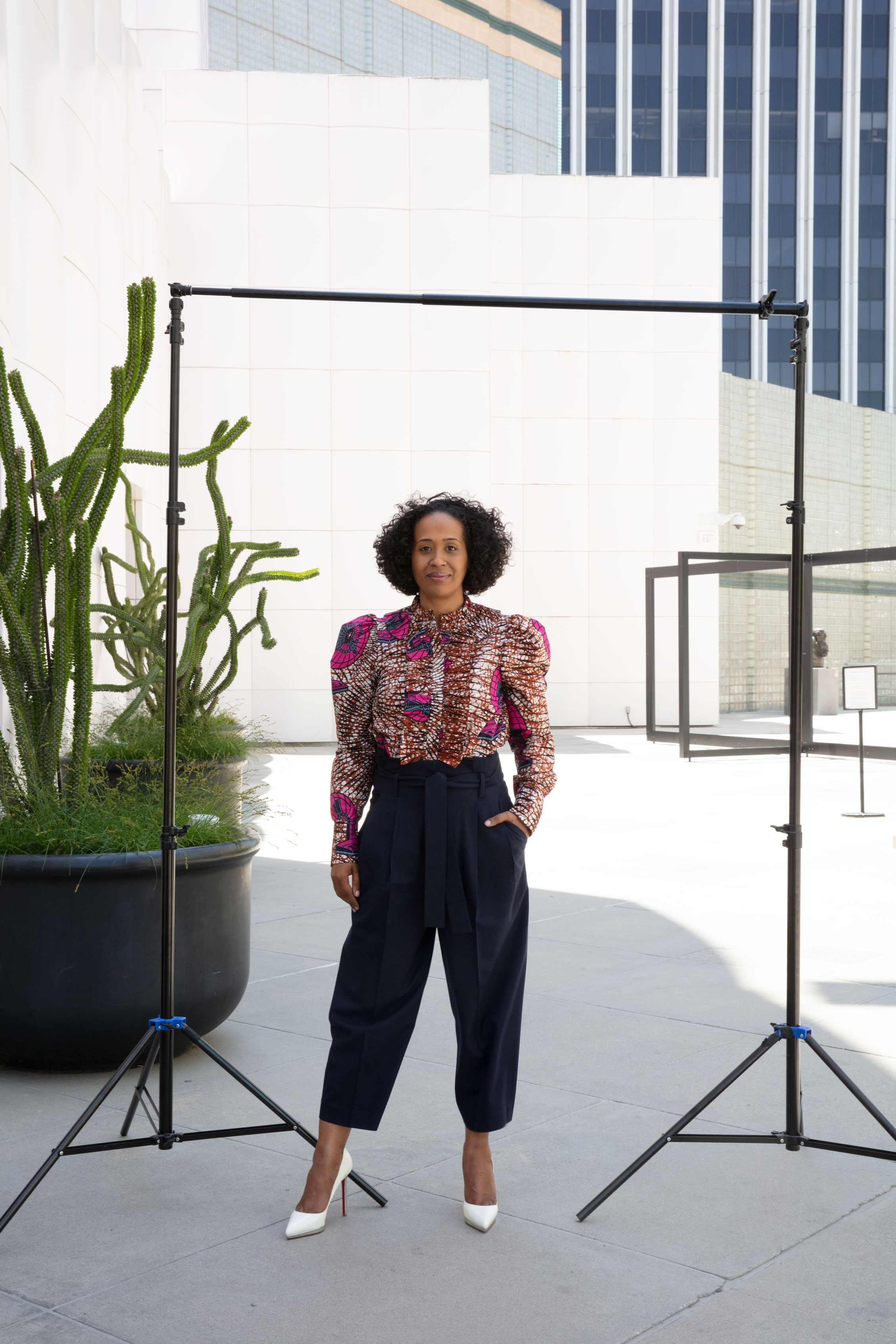
After obtaining her B.A. in Art History and pursuing a Masters in Contemporary Art at UCLA, Keith served as the primary curatorial contact for The Hammer Museum’s groundbreaking 2011 exhibition “Now Dig This! Art and Black Los Angeles, 1960–1980.” Thereafter, she became an associate curator at the Studio Museum in Harlem, where she made a significant footprint in the global art landscape with standout shows that included her historical survey, “Charles Gaines: Gridwork 1974–1989” (2014), which also traveled to the Hammer.
With that show, she demonstrated her keen understanding of the way an artist depends on the support of a museum. Gaines, a pioneering figure in the field of conceptual art, says, “Naima Keith is one of the most interesting and innovative curators working today. Taking on an older artist whose career had gotten lost in the shadows demonstrated courage and insight. She saw the potential for such a show long before I did and paid exhaustive attention to every detail.”
These early experiences groomed Keith for her next big role as Deputy Director and Chief Curator of the California African American Museum in Los Angeles. During her three-year stint, she further sharpened her curatorial skills and expertise in arts education, fundraising, communications, social media and marketing. Her passion, grit and ingenuity earned her the David C. Driskell Prize and, more importantly, engaged a new and diverse audience for the formerly overlooked institution with a transformative re-branding overhaul. “Naima, along with CAAM Executive Director George Davis, turned the museum into a vibrant art center that moved from the margins to the center of Los Angeles cultural life,” says Gaines.
Keith is now part of an inner circle that is thinking about what a pivotal museum in LA should look, feel and act like in the future—as LACMA director Michael Govan says, “She takes risks and has a unique ability to consider ideas from multiple perspectives. Her resourcefulness in engaging diverse and evolving communities with art is crucial not only to LACMA, but to moving the entire field forward.”
Keith and her team of 18 oversee lectures, public programs, in-gallery learning, and docents. One of her most important realizations at CAAM was that she needed to actually get people to the museum before illuminating it for them. She looks forward to spicing things up in a similar way at LACMA. While the museum already offers extensive programming, the new building and satellite locations provide opportunities to reevaluate how to better serve a wider population of children and families. “I want to see a huge upswing in attendance from zip codes like South LA, Watts and Compton—places that once saw LACMA as being a world away,” declares Keith, who also aims to attract a new generation to the main campus and the museum’s other spaces. “I’m thinking about what’s new and different—how can we engage kids differently?”
Being the new kid herself has its advantages. “I am here with fresh eyes and can suggest more efficient ways of doing things,” says Keith, who will work towards LACMA’s goal of reflecting Los Angelenos of all races, ethnicities, sexual orientations and gender identities.“I am very aware of how few people of color are in the room and how my presence translates into a position of advocacy.” Keith asserts each of us has the responsibility to represent the groups we identify with: “I speak for everyone, but I do feel a unique responsibility to people of color, women and mothers.”
Keith is determined to make the art world a more welcoming environment for working mothers like herself. She posts about her own experiences on Instagram to open up this important dialogue and encourages other working mothers to share their stories. Keith appreciates thatshe couldn’t haveachieved her current life balance if it weren’t for the support of her husband, Eduardo Soriano-Hewitt, and incredible mentors. When she became pregnant in New York, Keith shared the news with her boss at the time, Thelma Golden, who helped her navigate returning to LA, where she would have more space, family and the CAAM position. Since then, Golden, the director of The Studio Museum in Harlem, has become Keith’s most consistent mentor. “I haven’t told her this, but I never make a life or art decision without talking to Thelma.”
When I ask what she hopes people might say in 30 years when discussing how Naima Keith changed the art world, she takes a long pause and answers, “I am passionate about so many things, but the two things I care about most are access for people of all backgrounds and working moms.” Unsurprisingly, in the few short months since her hiring at LACMA, she is already making significant strides. In the words of Gaines, “She has the ability to translate visions into reality.”
This article originally appears in LALA Magazine's Summer 2019 Issue.

